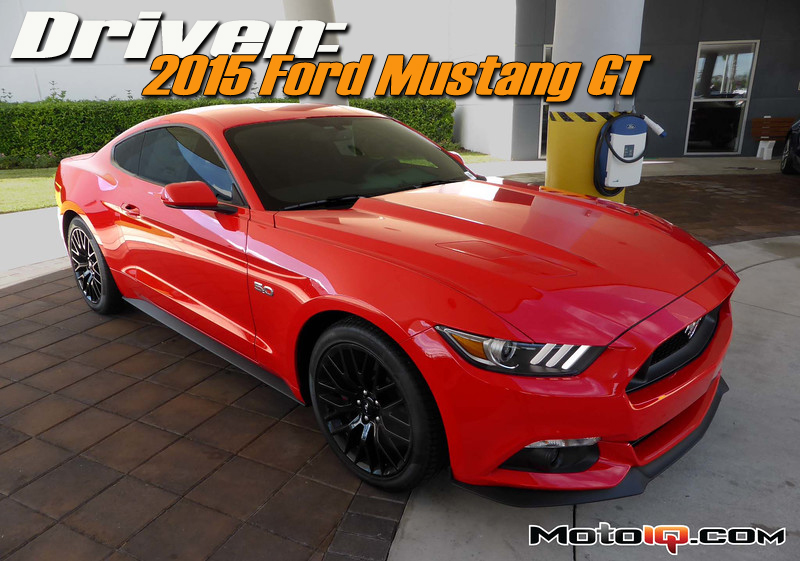,

 The greenhouse ditches the painted B-pillar in favor of a design that to me is the closest to anything resembling Aston-Martin styling.
The greenhouse ditches the painted B-pillar in favor of a design that to me is the closest to anything resembling Aston-Martin styling. At 73.9” the Mustang was already a wide car with a 62.9” track width, which is good for cornering. Remember: “Wider is Better”?. Not always, but let’s move on. While the front track width didn’t increase in the 2015, the rear width was bumped by 1.5” to puff out the rear fender from a styling perspective.
At 73.9” the Mustang was already a wide car with a 62.9” track width, which is good for cornering. Remember: “Wider is Better”?. Not always, but let’s move on. While the front track width didn’t increase in the 2015, the rear width was bumped by 1.5” to puff out the rear fender from a styling perspective. This means the new Mustang is 75.4” wide with a 64.9” rear track width, giving the car more of a Porsche or Viper stance with wide rear hips compared to the previous generation which had a pretty straight side profile. Actually, this puts the rear of the Mustang within half an inch of the width of the original Viper, but it’s still 5” narrower than a Diablo.
This means the new Mustang is 75.4” wide with a 64.9” rear track width, giving the car more of a Porsche or Viper stance with wide rear hips compared to the previous generation which had a pretty straight side profile. Actually, this puts the rear of the Mustang within half an inch of the width of the original Viper, but it’s still 5” narrower than a Diablo. The rear of the car has a much lower and wider stance to it than the outgoing model.
The rear of the car has a much lower and wider stance to it than the outgoing model. Ford has also made huge gains in the aerodynamics department of their recent cars and the new Mustang is no exception. The Mustang incorporates these air tunnels that take air from the front of the car and accelerates it through tunnels behind the front bumper and out of the front of the wheel well.
Ford has also made huge gains in the aerodynamics department of their recent cars and the new Mustang is no exception. The Mustang incorporates these air tunnels that take air from the front of the car and accelerates it through tunnels behind the front bumper and out of the front of the wheel well. This pulls the air from the high pressure area in the front of the wheel wells to reduce lift and drag from the front of the car. This design feature is used on the new M3/M4 and even the new Viper, among other much more expensive cars.
This pulls the air from the high pressure area in the front of the wheel wells to reduce lift and drag from the front of the car. This design feature is used on the new M3/M4 and even the new Viper, among other much more expensive cars.



1 comment
Has anyone tested aftermarket front sub frame bracing for the s 550? I see 2 and 4 bolt configurations. BMR and Steeda have products but I cannot find any testing of what if anything these braces do. The ease of instillation makes me skeptical. It seems like they might work but when I see a lot of marketing and results demonstrated I pause. Please advise